Understanding Blockchain with Janine Van Throo, Business Analyst
03 Oct, 20224.5A graduate of Amsterdam University of Applied Sciences and a seasoned business analyst, Jani...

A graduate of Amsterdam University of Applied Sciences and a seasoned business analyst, Janine is well versed in IT for business as well as functional analysis. Here, she explains what blockchain is, what it isn’t, how it works, and why there’s a promising career for anyone interested in the area.
Having been introduced to cryptocurrency in 2017, Janine soon became enthralled with the tech and began enrolling in blockchain courses. Throughout the pandemic, she further developed her skills and expanded her knowledge in the field, gaining multiple certificates.
“The hype around cryptocurrencies was intriguing, but I became more interested in the technology behind the currencies.”
What is blockchain?
IBM’s definition of blockchain is: ‘a shared, immutable ledger for recording transactions, tracking assets and building trust.’ Immutable means unchanging over time or unable to be changed, which is a key descriptor of blockchain. This recording system makes it difficult or impossible to modify or hack; data already contained within a blockchain cannot be changed, only added to.
For example, if you store your data in Excel, you can create the file, update it, delete it, choose to share it with others or extract specific data and share that only. With blockchain, you can only read, create and update (without overriding previous info or data).
Are there different types of blockchain?
Yes. There are four types of blockchain: Public, Private, Hybrid and Consortium. The primary and most familiar are Public and Private, with Hybrid and Consortium variations.
The Public blockchain is the type that almost everyone knows. You do not need to have permission from anyone to join. The most known Public blockchains are the Ethereum and the Bitcoin blockchain.
How is blockchain secure?
Blockchain has the capability to be very secure because it is a distributed ledger. Say you have your Excel file where you store data and then choose which data to share. On a Public blockchain, if you have 10 participants in the network, all 10 participants have the same data. They all have a copy of that same ledger. Whenever you want to update something or add something to the block, all the participants must agree. Unlike Excel, you cannot change anything without the knowledge and consent of the participants in the blockchain. It is very secure and transparent when used in this way.
What is the relationship between Bitcoin and blockchain?
Firstly, blockchain is not Bitcoin, and Bitcoin is not blockchain! blockchain is the technology that underpins the Bitcoin cryptocurrency and enables the existence of cryptocurrencies in general. Bitcoin is responsible for the popularity and awareness of blockchain, but they are not the same thing.
Bitcoin has succeeded because it allows people to distribute and gain wealth. Bitcoin is on the blockchain, which is why people started to use the terms interchangeably, not really considering the fact that these are two separate things. With Bitcoin, you can send some of your currency over the blockchain, which is basically anonymous. If you know someone’s address, you can send bitcoin without them knowing your location. It is very private.
You mentioned anonymous transactions of Bitcoin over the blockchain. Is it always anonymous?
On the blockchain, everything is transparent. You can follow every transaction from start to finish. You can track all the transactions. You can see which address it is coming from and which address it went to. However, you cannot see who the addresses belong to.
In layman’s terms, how could blockchain impact our day-to-day?
The most straightforward examples relate to data storage. Think of it in terms of visiting the doctor. I go, I have an appointment, and then I am referred to the hospital. Due to another existing condition, say diabetes, I have to see an Ophthalmologist. An Ophthalmologist can see changes in the back of the eye and determine whether someone is prone to diabetes or heart attack.
Suppose we use the blockchain to combine all this information and store it. In that case, your Doctor, your Ophthalmologist, your Dietician and the hospital will have access to all the information and be able to add data about you which all can access.
By combining data, you can make predictions. That is a powerful asset of the blockchain. Still, considering the hospital sharing data, these predictions can pre-empt other conditions or necessary treatment. Keep in mind that the data can only be shared and not changed. All participants would have to agree to change something, and it would be visible to all, heightening the security. The data would belong to the patient, and professionals can tap into it, considering that what is on the blockchain is the truth.
What are upcoming opportunities for blockchain that people should be aware of?
I believe that more and more companies will use the blockchain. Already a lot of companies are tapping into blockchain technology and using it because of the features that it has.
If applied to supply chains, we could trace back food for example and where it has come from. For make-up, we could trace ingredients back and see if there has been testing or child labour. Just imagine the gaming industry, book publishing, NFTs… The possibilities really are endless.
If you are reading this article and are interested in a career in this area, remember that blockchain isn’t a trend – it is a viable career option, and you don’t need a background in IT to get started. The industry is huge, and if you are curious and willing to undertake courses, you can select your niche; many people opt for blockchain development, gaming, real estate, and even law.
At Ntrinsic, we’re advocates that you can search for a job in blockchain without tech experience. Do connect with Janine on LinkedIn and get in touch with one of our consultants to find out more https://www.ntrinsic.net/uk/contact-and-locations.


